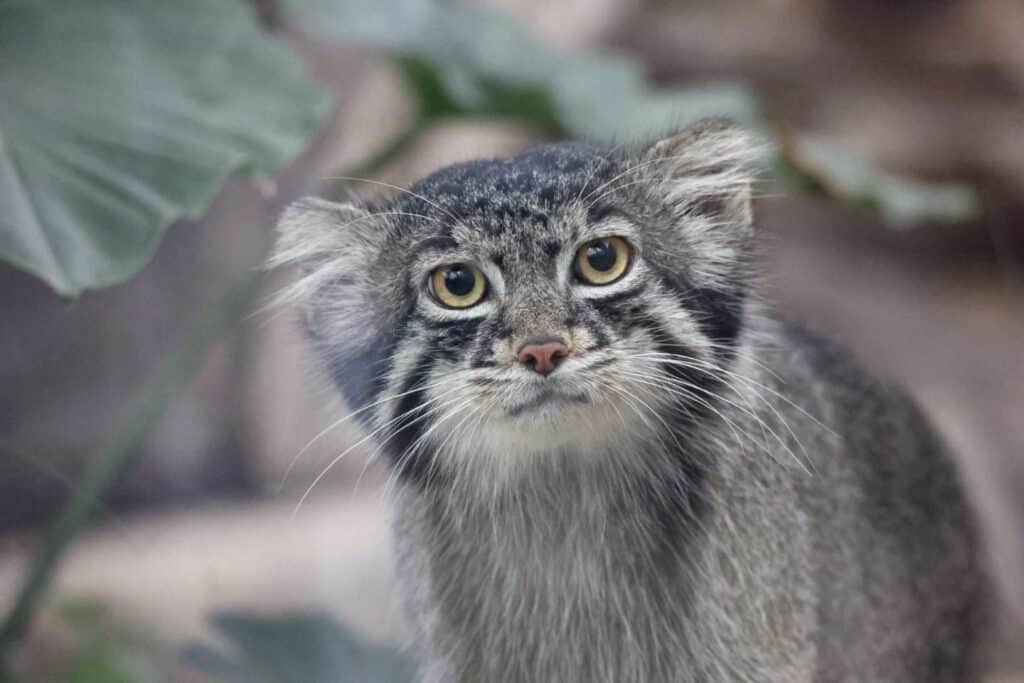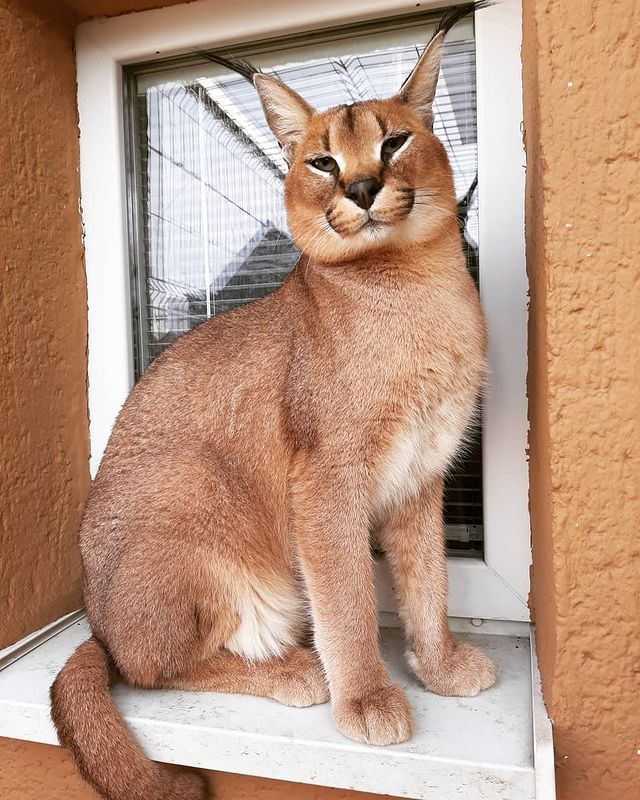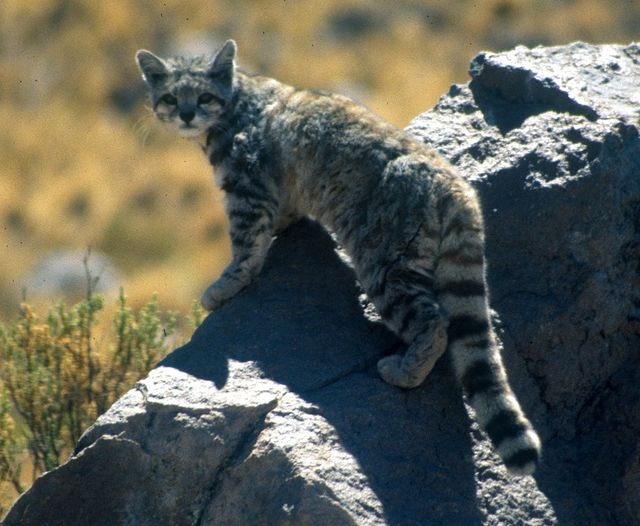Where Do Cats Live? Explore the Environmental Patterns of Feline Realm
Have you ever wondered where do cats live, particularly when they are outdoors? Then, you should be aware that cats have a reputation for being incredibly adaptable and are found on almost every continent.
Understanding the significance of cats in human history sheds light on the complex facets of the issue of where do cats live. These enigmatic creatures have unique behaviors that make them both mysterious and captivating.
In this article, we will sophisticatedly address all the relevant concerns regarding where do cats live. So, let’s embrace and comprehend everything you wish to know!
Where Do Cats Live? Diversified Landscape of Feline World
The response to the frequently asked question, “Where do cats live?” can initially appear simple, but, in fact, domestic cats are extremely adaptable creatures that can be found on almost every continent and in almost every type of environment. They can frequently be found in a variety of environments, including urban, suburban, and rural locations, where they coexist with people as pets or live as wild colonies of feral animals. They may survive on the highest mountains and in the harshest deserts.
Humans have spread cats over the world, and they now live naturally in a variety of temperatures, including some polar and tropical locations as well as temperate ones. While cats have been observed to reside in cities, forests, meadows, and wetlands, they are also found on 118 of the world’s 131 major island formations.
However, due to the extreme cold, lack of food sources, and strict conservation laws, you are unlikely to find cats in Antarctica. If cats were to establish a population there, they could become invasive predators, posing a threat to the delicate ecosystem and native fauna of the region. Therefore, the answer to the question “Where do cats live now?” becomes evident.
Feral Cats & Their Harsh Living Conditions
Considering humans have been trying to find out where do cats live since the dawn of time, you should be aware that you are not the only person considering this intriguing question.
Therefore, we have compiled thorough information about 5 prominent species of wild cats that will undoubtedly turn your perception upside down!
1. Margay

Margays are a type of wild cat that can be found in Central and South America. It is usually found in forested settings, but it will also prey on abandoned plantations and agroforestry-used land, where trees and bushes are cultivated around crops and meadows.
This cat hunts at night and preys on animals like squirrels, agoutis, tiny monkeys, lizards, and birds. They like to hunt from the ground up, but they are also very skilled in the trees and will often rest there.
Unfortunately, Margays are categorized as Near Threatened by the International Union for the Conservation of Nature (IUCN). These cats have a long history of being illegally traded for their spotted fur and occasionally being victims of the exotic pet trade. However, they also suffer from losing their habitats and becoming dispersed due to highway incidents.
2. Sand Cat

Knowing about the sand cat allows you to completely comprehend the answer to the query of “where do cats live” as this species is known to endure summertime lows of 40°C and wintertime highs of -25°C. The sand cat, which can be observed across parts of northern Africa, the Middle East, and Central Asia, is the only cat that lives in a desert.
They usually spend their days underground in tunnels that they construct or steal from other animals to avoid the intense heat. Given its habitat, the sand cat has a strong capacity to locate its prey if it is underground. These desert experts will consume water if it is available, however, they don’t require regular access since they receive all the water they require from their prey.
3. Pallas’s Cat

Pallas’s cats, which are almost the same size as domestic cats and are typically found in high-altitude meadows and woodlands, are native to central Asia. They frequently inhabit rocky terrain and locations with sufficient vegetation cover to protect them from predators as they navigate throughout their habitat. Pallas’s cats would rather hide from predators than flee; they do this by using their ash gray fur as camouflage or by seeking safety in rocky regions and animal burrows.
There are reportedly 58,000 mature Pallas’s cats remaining today. Since there are no current programs in place to monitor the population, it is unknown how they are getting along considering habitat deterioration and human persecution.
4. Caracal

The caracal is a species of wild cat that lives in semi-desert and open savannah settings in Africa, the Middle East, and Central Asia. A combination of black stripes on the forehead, sandy-colored fur, and big ear pads makes caracal cats easy to recognize.
Smaller antelopes and other small to medium-sized mammals are among the prey items that caracals pursue, along with rodents, reptiles, and various types of plants. They are also skilled bird hunters, capable of making leaps of up to 4 meters to catch their prey in midair.
Due to their occasional predation on cattle, these cats are at risk of being killed in retaliation by farmers. In some areas of its distribution, like India, this species may be on the verge of extinction due to habitat loss and fragmentation.
5. Andean Mountain Cat

Do you think we’ve explored every fascinating scenario referring to where do cats live? Then it’s time to introduce you to the Andean Mountain cat!
This hidden species is indigenous to South America’s Andes Mountains, where it is commonly found at altitudes ranging from 650 meters to more than 4,400 meters. The Andean Mountain Cat resides in a harsh, dry environment where temperatures may fall considerably, and the terrain is exceedingly steep.
Only 1,378 mature individuals of this wild cat are present in the wild, according to the IUCN. Threats to this species include hunting, habitat destruction, division, and a decrease in available prey.
Where Do Domestic Cats Tend to Live?
When it comes to the deeper aspects of the question related to where do cats live, you should be aware that cats initially established their special bond with humans around 100 centuries ago in West Asia, the region that witnessed some of the earliest foundations of human civilization.
When people gave up their nomadic way of existence and made permanent settlements to cultivate agricultural land, the wheat storage attracted rodents. Due to the quantity of food available, Middle Eastern wildcats began hunting rodents and settled near these initial residential areas, and over thousands of years, a recent cat species finally emerged in naturally inhabited areas where do cats live nowadays.
How Have Cats Immersed Themselves Across Continents?
Now that you are already aware of where do cats live, you need to gain comprehensive information about the opinion of scientists, according to which cats domesticated themselves after establishing a mutually advantageous connection with humans.
Particularly valued as mousers on maritime vessels, cats roamed the world with travelers and were making their way through a mosaic of civilizations.
- The earliest known archaeological evidence of people and cats coexisting dates to 9,500 years ago and is discovered at a burial site in Cyprus. This suggests that humans introduced cats to the island on purpose.
- Cats were revered, mummified, and occasionally even decked out in gold jewelry in ancient Egypt to represent the dignity of their owners.
- Cats were initially introduced into Roman culture when Egypt emerged as a part of the Roman Empire in 31 BC. This led to their eventual widespread adoption in Europe by the 4th century AD. Cats purportedly sailed from Europe to America, traveling with Christopher Columbus.
- Cats have persisted to be deployed as mousers all over the ages, even acting as official Postal employees in America during the 19th and 20th centuries.
- More Americans started to own cats around the end of the 19th century, both for companionship and practical purposes. Cats were widely regarded as domestic pets in the United States by the end of World War I.
- It seems the question is not just where do cats live, but also how and under what conditions they reside. Therefore, we should mention that cats have always been permitted to enter and exit human homes at will; in the 1920s, even President Calvin Coolidge’s cat was given full freedom to move in and out of the White House.
Final Thoughts
As you can see, indoors isn’t the only answer to the question of where do cats live as they are remarkably adaptable creatures that may be found almost anywhere. It is now beyond question that it’s their universal nature that determines their continued significance in the course of humanity.
The appealing character of these ancient creatures is further emphasized by the fact that, while cohabiting with mankind, cats are regularly found in a wide range of settings, including urban, suburban, and rural areas, such as the highest mountains and the harshest deserts.

Nato is a content writer and researcher with a background in psychology who’s eager to explore the wonders of nature. As a travel enthusiast and animal lover, she hopes to inspire others to discover and cherish the beauty and importance of the natural world.







